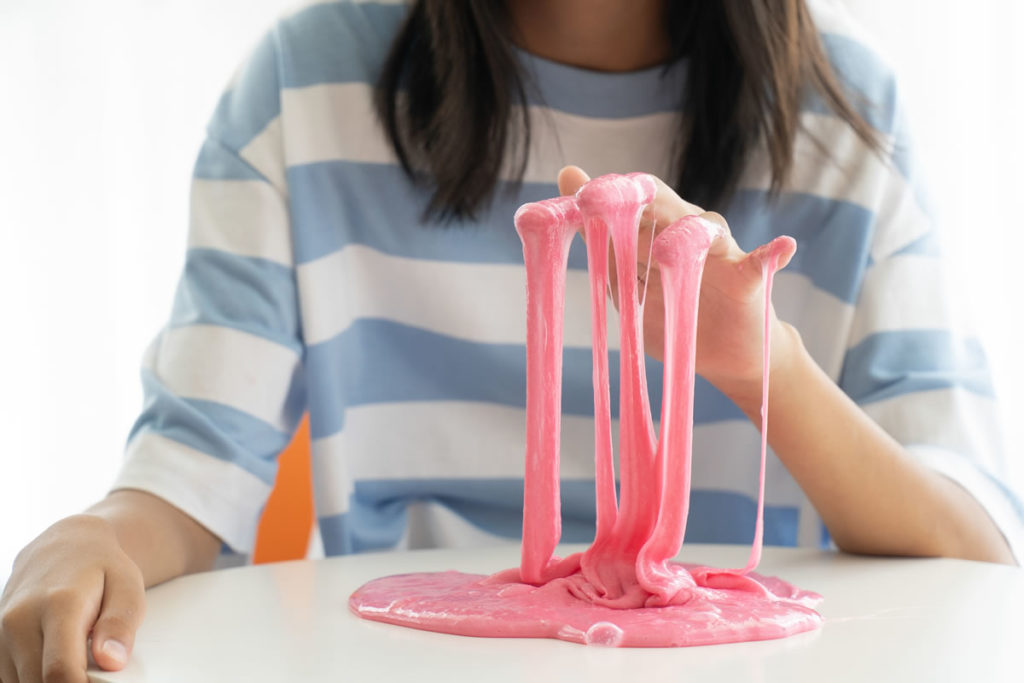It does not take a rocket scientist to know that science, technology, engineering or mathematics are vital pieces in education and in the lives of our children. As parents and educators we know that these types of activities must be introduced in the classroom from the beginning, because in today’s information age the ability to innovate, to be technologically fluid and to understand how and why things work together is very, very important.

However, finding didactics and activities of this type, easy and affordable, can be difficult, which often leads to a general disinterest of many students in these disciplines. That is why in this article we want to propose a series of simple and inexpensive activities for children so that they can become familiar with these subjects in an enjoyable way from preschool and stimulate their minds from a young age.
8 activities for the little ones to stimulate their mind
- Homemade catapults (category: engineering)
With this activity you will help your children or students to get excited about engineering by building a homemade catapult with ice cream sticks and rubber bands. You can even incorporate some science by hypothesizing which objects will fly the farthest and which ones the least, and then moving on with the experiment.
- Activity to raise awareness about the environment (category: Engineering / Science)
For this activity mix oil and water in a large bowl and add some feathers to the mix. Then distribute materials that can help children remove oil from the water, such as sponges, paper towels, or small spoons. Have the kids try to remove the oil without removing too much water. You can use this activity to demonstrate how oil spills can affect the environment , also helping them see how the oil affected the feathers and how difficult it is to remove it from the water. You can also use this activity to talk about those professionals who work to manage environmental problems.
- Funny magnetic slime (category: science)
If you haven’t tried magnetic slime yet, this is your ideal opportunity, because it can even be made at home. With this simple activity, the little ones will be able to experiment and play with the slime that they like so much and see how its shape and movement varies when approaching a magnetic source.

- We make hot ice (category: science)
This activity will take a little longer, so prepare the children to look forward to the process by telling them that it is worth it. At the end of it you will see a crystal of “ice” almost out of the air, and this will help you glimpse the scientific process of “nucleation”. To achieve this, you will only need two common ingredients available at home: vinegar and baking soda, the mixture of which produces an effervescent reaction as a result of the carbon dioxide bubbles that are created. What the children will see will not actually be ice, but the crystallization of sodium acetate, but it will be very similar to them.
- Easter egg operations race (category: math)
For this activity, all you need are some plastic Easter eggs and a pencil sharpener. In the middle of the Easter egg write the math problem and in the opposite half write the solution to the problem. Then mix the problems and solutions by connecting different halves. Have your children or students figure out which eggs are correct by matching each problem with its answer. You can even turn it into a traditional egg hunt to add more fun and pizzazz to the activity!
- Candy buildings (category: engineering)
All you need for this activity is a series of jelly beans of different sizes and colors. The idea is to connect the gummies with toothpicks so that the children begin to learn the shapes and structures. By connecting toothpicks with jelly beans, children will be able to see which shapes work together well, which shapes stack best, and which shapes are more interesting to look at. This activity can also help them begin to understand the thinking, design, and technology behind structural engineering.
- Legos math constructions (category: math / engineering)
If your kids love Lego figures, incorporate some of them into simple math practice in a game. Create addition cards for the little ones (eg 3 red + 2 yellow) and make more difficult math challenges for the older children (eg 2 x 2 blue). Then let them build towers to find and display their answers.

- Pipe count (category: math)
For the student or child who has just learned to count, understanding that numbers increase in size can be confusing. With a few simple pieces of pipes you can help the little ones learn to count and, at the same time, see how the size of the numbers increases. Just take small pieces of paper and label each piece of pipe with a number. Then have them order the pieces of pipe from smallest to largest and begin to join each piece correctly as they count out loud.











































































































